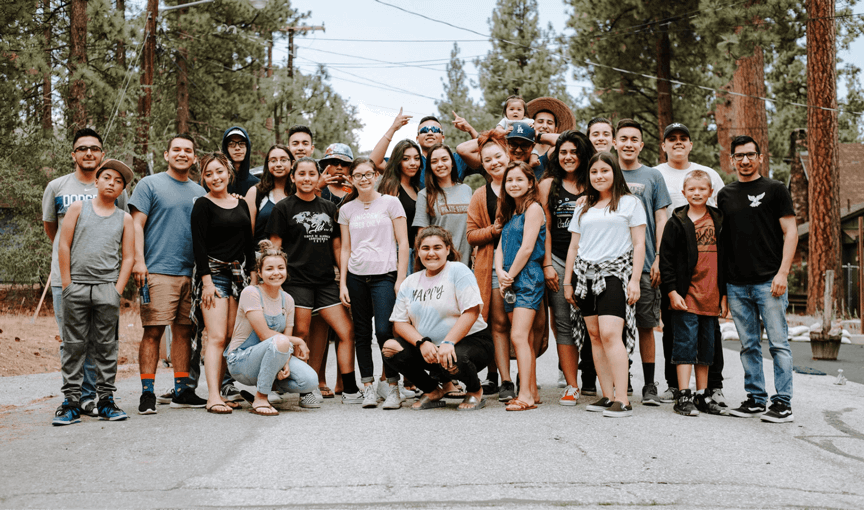Indian students continue to receive technique heavy didactic art instruction, leaving no room for creative expression or aesthetic awareness. There is hardly content for fields like cinema or photography and no thinking on integration of SEL in the arts. Our program offers contextual and easy to implement art content to enable students to nurture their imagination and develop their own voice.
Our curriculum is designed to cultivate aesthetic awareness, and a disposition to interpret the world by going beyond traditional art classes. The program is facilitated by government teachers across grades 6th to 8th in areas such as visual arts, theatre, music, and literature.
A workbook guides students through activities ranging from creative writing, making, exploring local arts and community projects. The curriculum nudges students to rely on their sense perceptions, dig into their lived realities, try new materials, and work individually as well as in groups.
This engagement helps students experience dismantling of the barriers between 'good' and 'bad' art and embrace individual expression to surface their unique identity with confidence.
The governments of two states have allocated time for this curriculum in their weekly school schedule. Teachers in a conflict affected area have attested to its healing potential and continued it for three consecutive years.
Over the last 5 years, we have seen increased interest in our curriculum by governments. We are now present in 4 states and 2000 schools. The program has scaled to multiple districts within states, and we have been invited to develop a state curriculum framework for the arts. We have also received approval to print 10K copies of our workbook for Tribal children in one of the states. The reach of our summer camps has increased by 70%. Most importantly, the time spent by students on the curriculum has been steadily increasing. There has been a 200% jump in time.
Like-minded organizations and individuals are also important in strengthening the initiative. We have partnered with the National School of Drama, a premier theatre training institute with a specialized unit of theatre in education to train teachers. The Piramal Foundation for Education Leadership in collaboration with The Red Pencil Project implemented an Art based therapy program impacting more than 4500 children on social-emotional wellbeing. More experts have joined the summer campaigns to facilitate children's engagement.
We aspire to scale the program to all the districts in existing states and expand to 4 more states to reach 1 million learners.
Our curriculum is currently available in 4 Indian languages and open to be used by other organizations. We encourage educators to reach out to shivkumar.gandhi@gandhifellowship.org to access our art workbook ‘Sundar’ (‘Aesthetics’). We welcome engagements with partner organizations to adapt our curriculum and support with contextualization and training to implement it.



